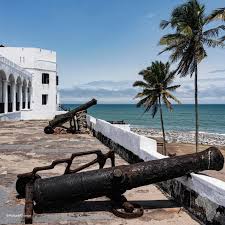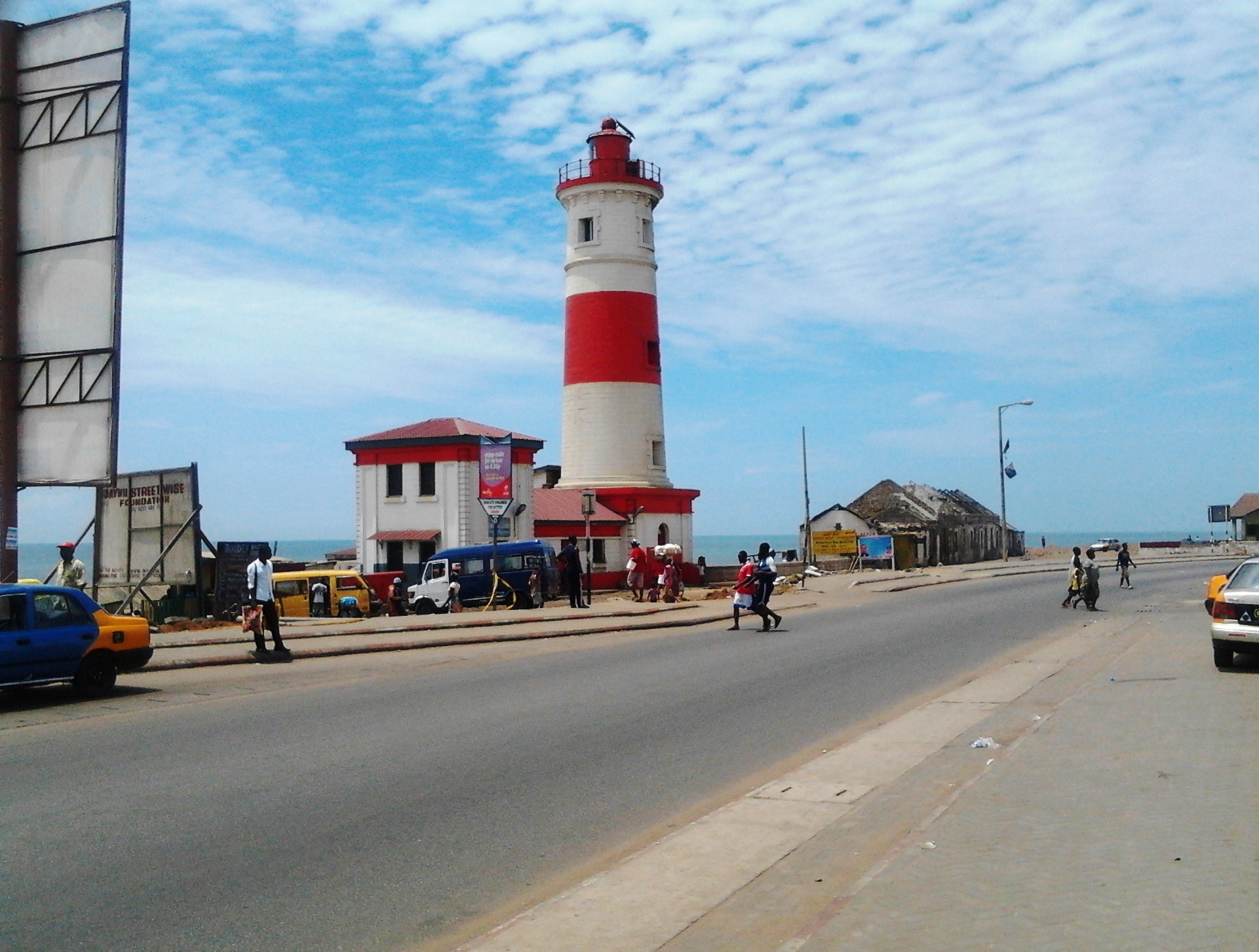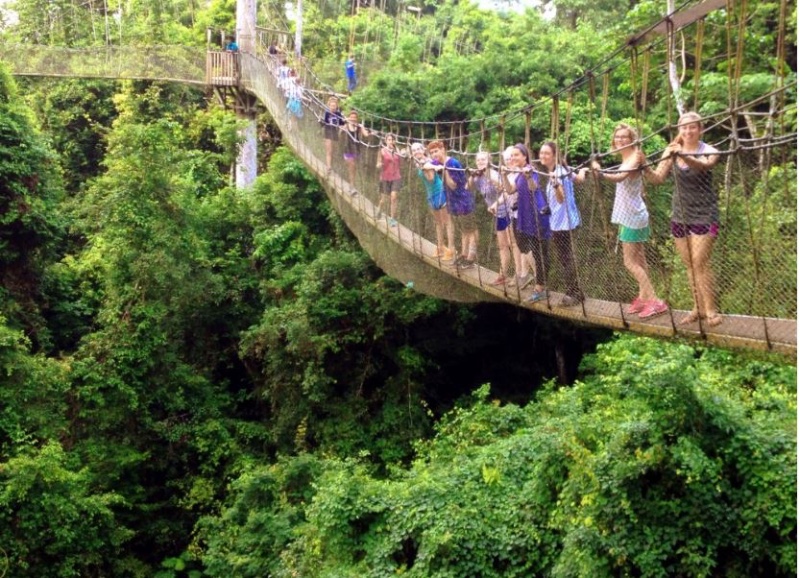
Elmina Castle: A Legacy of Gold, Slavery, and Survival in Ghana
Elmina Castle: A Fortress of Gold, Chains, and Collective Memory
Perched on the coast of Elmina in Ghana’s Central Region is one of Africa’s most haunting and historically significant landmarks, Elmina Castle. Built in 1482, it stands as the oldest European structure south of the Sahara, originally designed for gold trading but later repurposed into a central hub for the transatlantic slave trade.
Today, Elmina Castle is a UNESCO World Heritage Site, drawing thousands of visitors each year who seek to understand and reflect on its centuries-long legacy of commerce, colonization, and human suffering.
Portuguese Construction – 1482
Elmina Castle, originally called São Jorge da Mina (St. George of the Mine), was built by the Portuguese under the leadership of Diogo de Azambuja. It was established by King João II of Portugal to control the trade of gold and other resources in West Africa.
The strategic coastal location allowed the Portuguese to intercept gold from the Akan interior and maintain a stronghold on African-European trade routes. The castle's name, “Elmina,” is derived from the Portuguese "da Mina" meaning “of the mine.”
Transformation into a Slave Depot – 1500s to 1800s
Although originally built for gold, Elmina Castle's function drastically changed with the rise in demand for enslaved Africans. By the 16th century, it became a major slave trading post, where tens of thousands of African captives were held in overcrowded, inhumane dungeons.
The enslaved were detained for weeks, sometimes months, before passing through the chilling “Door of No Return” and being shipped to the Americas. These individuals faced unimaginable brutality, and many perished from disease, starvation, or mistreatment before ever boarding the ships.
Dutch and British Control – 1637 to 1957
In 1637, the Dutch West India Company captured the castle after a fierce battle with the Portuguese. They expanded the facility and maintained it as part of their Dutch Gold Coast operations. The Dutch built additional infrastructure, including the Fort Coenraadsburg, located on a hill opposite Elmina Castle for military protection.
The castle was later handed over to the British in 1872 after the Anglo-Dutch Treaty. The British abolished the transatlantic slave trade in 1807, but used the castle for administrative and military purposes.
Ghanaian Independence and Restoration – 1957 to Present
After Ghana’s independence in 1957, Elmina Castle became a national historical monument. In 1979, it was declared a UNESCO World Heritage Site, along with several other forts and castles along the Ghanaian coastline.
Today, the Ghana Museums and Monuments Board manages Elmina Castle as a museum and educational center, offering guided tours to visitors worldwide.
It serves as a symbol of remembrance, particularly for members of the African diaspora retracing their roots and learning about the horrors of slavery.
Cultural and Global Importance
Elmina Castle is more than a tourist site. It is a living memory of Africa’s involvement in global history. Its role in the slave trade, colonial exploitation, and African resistance makes it a vital location for global education and reconciliation.
Major events such as Panafest and Emancipation Day are held here to reconnect African descendants with their homeland and acknowledge the resilience of enslaved Africans.
Related content
Interdum et malesuada fames






